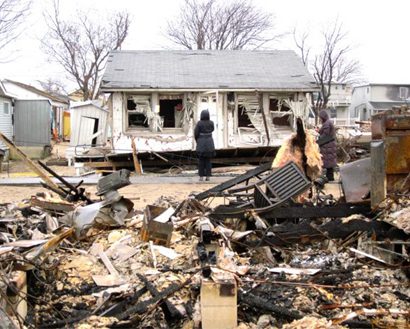CDC/ATSDR SVI: Fact Sheet
What is Social Vulnerability?
Social vulnerability refers to the demographic and socioeconomic factors that contribute to communities being more adversely affected by public health emergencies and other external hazards and stressors that cause disease and injury. Factors such as poverty, lack of access to transportation, and crowded housing may weaken a community’s ability to respond and adapt to public health emergencies.
What is the CDC/ATSDR Social Vulnerability Index?
The CDC/ATSDR Social Vulnerability Index (CDC/ATSDR SVI) is a place-based index, database, and mapping application designed to identify and quantify communities experiencing social vulnerability. The Geospatial Research, Analysis & Services Program (GRASP) maintains the CDC/ATSDR SVI to help public health officials and local planners better prepare for and respond to emergency events with the goal of decreasing human suffering, economic loss, and health inequities.
The CDC/ATSDR SVI uses 16 U.S. Census variables from the 5-year American Community Survey (ACS) to identify communities that may need support before, during, or after disasters. These variables are grouped into four themes that cover four major areas of social vulnerability and then combined into a single measure of overall social vulnerability. Maps of the four themes are shown in the figure below.

Hurricane Sandy ‐ Breezy Point, NY Photographer – Pauline Tran
How Can the CDC/ATSDR SVI Help Communities be Better Prepared?
- Assess community need during emergency preparedness planning.
- Estimate the type and quantity of needed supplies such as food, water, medicine, and bedding.
- Decide the number of emergency personnel required to assist people.
- Identify areas in need of emergency shelters.
- Create a plan to evacuate people, accounting for those who have special needs, such as those without vehicles, the elderly, or people who do not speak English well.
- Identify communities that will need continued support to recover following an emergency or natural disaster.
For more information, visit http://svi.cdc.gov or contact the SVI Coordinator (svi_coordinator@cdc.gov).
Learn how place affects health at atsdr.cdc.gov/placeandhealth.

